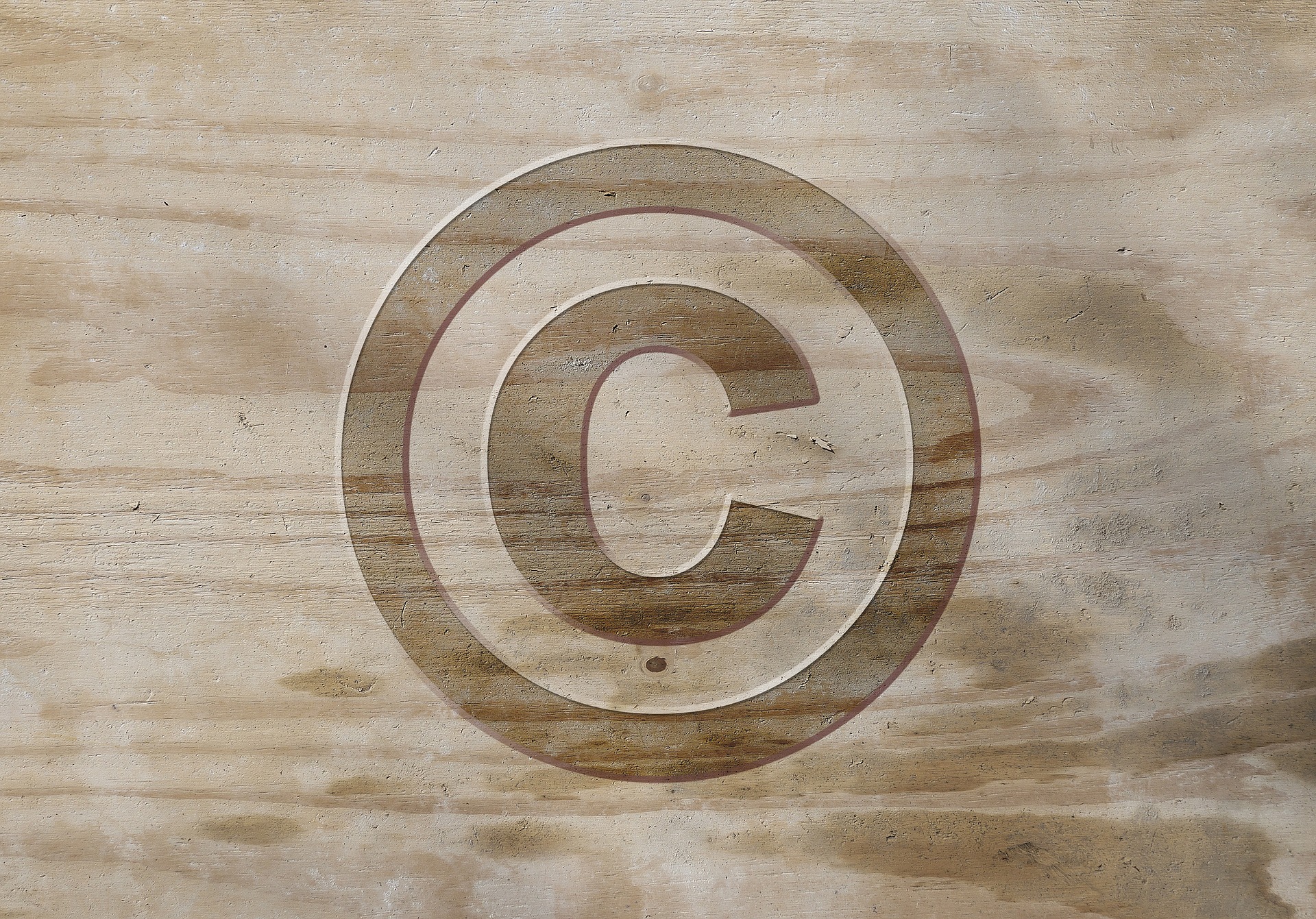Non-commercial user-generated content: is it adequately covered by the EU quotation & parody exceptions?

As Internet users produce creative content (generally referred to as ‘user-generated content’ or ‘UGC’) by building on pre-existing copyrighted material, one might wonder how the current EU copyright regime deals with this phenomenon, especially after the recent addition of the Digital Single Market Directive.
UGC in the context of the EU copyright regime
In today’s participatory Web 2.0, a wide array of new technologies has enabled users to easily create content and to subsequently make it available to large audiences by posting it on websites or platforms. However, as users deploy pre-existing copyrighted works as a starting point for further creation, there is a need to strike a balance between the rights of copyright holders in their intellectual property and the freedom of expression of users, who regard – non-commercial – UGC as a vehicle to express themselves and to participate in the digital culture.
The way in which EU copyright law attempts to reconcile such competing rights and interests is through its framework of exceptions and limitations (hereinafter the E&L framework). In the UGC context, the pertinent E&Ls are those that have a freedom of expression underpinning, namely, the quotation and parody exceptions. The exceptions in question are enshrined in Article 5(3)(d) & (k) of the Information Society Directive (hereinafter InfoSoc Directive), respectively, as part of an exhaustive list of copyright E&Ls. More importantly, they are merely optional for Member States to implement into their national legal orders, thus resulting in the provision of fragmented protection for users: users can benefit from e.g. the parody exception in one Member State, but not in another.
Nevertheless, the new Article 17(7) of the Digital Single Market Directive (hereinafter DSMD) has provided an elevated status for the quotation and parody exceptions. Unlike the InfoSoc Directive, where they are listed amongst the non-mandatory E&Ls, DSMD has made the very same exceptions mandatory within the context of their application under Article 17.
What is the meaning and scope of the EU quotation & parody exceptions?
Among the specific requirements of the quotation exception, the so-called dialogue requirement has gathered a lot of attention. Having been given explicit recognition by the CJEU in Pelham, it has the meaning that a quotation must enter into some sort of ‘dialogue’ with the work quoted; on the contrary, if the work quoted has become an integral part of the quoting work, the very definition of ‘dialogue’ is not fulfilled. This requirement has been criticized for giving quotation a particularly narrow focus, by basically requiring some sort of commentary on the source material.
In terms of the parody exception, the CJEU held in Deckmyn that a work can qualify as a parody if two conditions are cumulatively fulfilled (par. 20 of the judgment). The second condition, in particular, according to which a parody should constitute an expression of humour or mockery, has been criticized for being too restrictive. In the UGC context, such a narrow focus on the part of the CJEU seems to have – rather unnecessarily – limited the types of UGC that could be accommodated under the parody exception.
A final remark should be made on the interpretation of the quotation and parody exceptions, as the CJEU has pronounced in its case law (Painer, Deckmyn, Funke Medien, Spiegel Online). Due to their freedom of expression underpinning, quotations and parodies should be interpreted more liberally on the basis of Article 11 of the EU Charter of Fundamental Rights.
Evaluation of the system: Is there enough breathing space for UGC after the DSMD?
To be sure, rendering the quotation and parody exceptions mandatory in the context of Article 17 is undoubtedly a step in the right direction of providing breathing space for UGC, since it eliminates the previously fragmented implementation of those exceptions across Member States. Yet it leads to a different kind of fragmentation. This is because Article 17 does not cover UGC uploaded anywhere online, but only UGC uploaded on platforms which qualify as ‘online content-sharing service providers’ (OCSSPs) under Article 2(6) DSMD, namely, on platforms which organize and promote, for profit-making purposes, a large number of copyright-protected works uploaded by their users (e.g. YouTube).
Besides, the quotation and parody exceptions themselves appear to be particularly narrow, especially due to their ‘dialogue’ and ‘humour or mockery’ requirements, respectively. Even if they are construed liberally on the basis of fundamental rights, they still fail to achieve comprehensive coverage. For instance, where would a sort of ‘remix’ of a self-created animal video with unaltered, copyright-protected third-party music, fall into? More importantly, as technology develops by leaps and bounds, there is little doubt that it will result in new digital tools and thus in new ways of creating UGC. Such UGC will probably not be able to fit into any of the narrowly-scoped and thus inflexible quotation and parody exceptions.
In contrast, other jurisdictions, such as the US with its fair use doctrine or Canada with its UGC-specific exception, seem to provide more satisfactory solutions to such UGC-related questions. It thus remains to be seen whether the EU decides to finally step up its game, perhaps by introducing a new, UGC-specific exception in a future copyright reform.
| Written by Styliani Mavrou, Master alumna Maastricht University 2020/21, blog based on the Master thesis - More blogs on Law Blogs Maastricht |